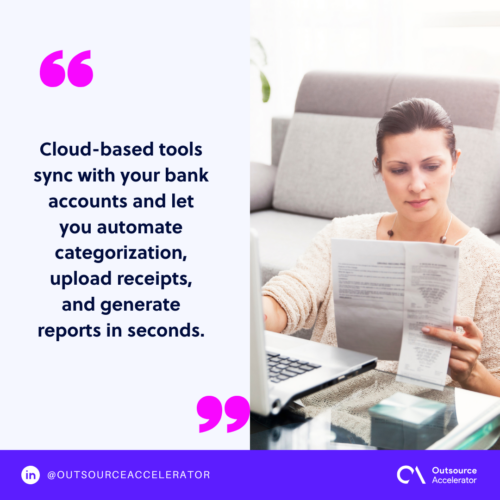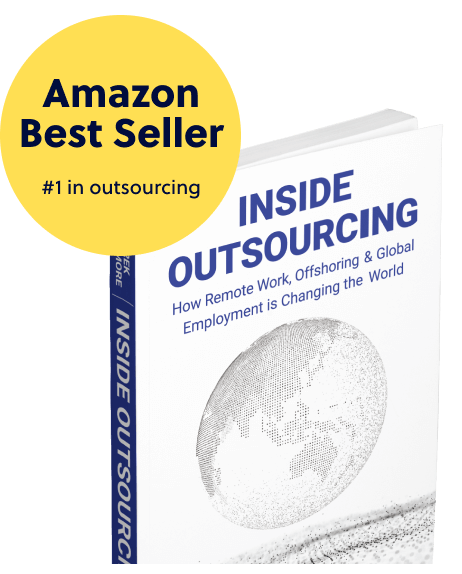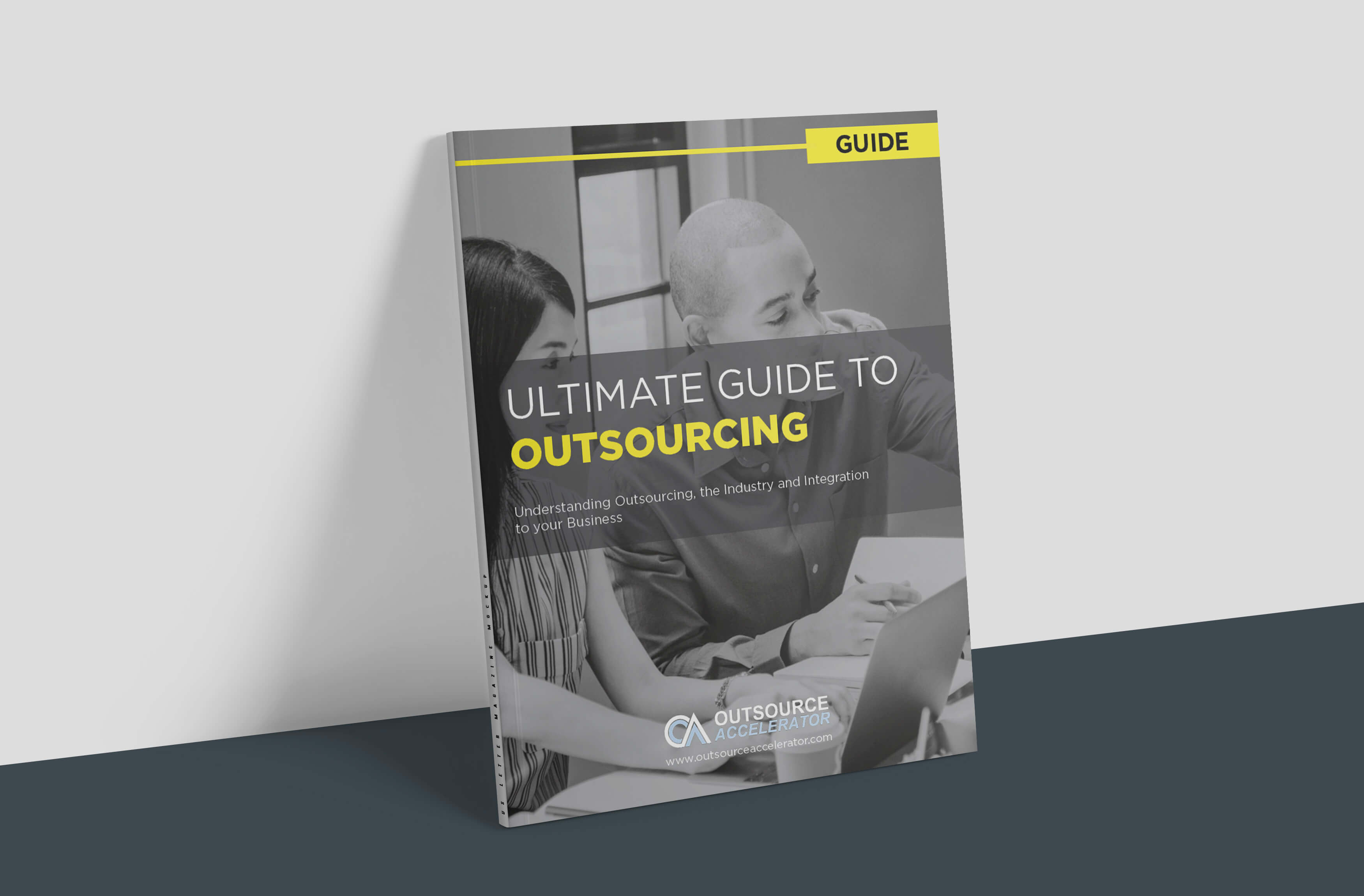7 Steps to simple small business expense tracking
When you run a small business, you’re often juggling a ton of roles. You’re not just the boss. You’re also handling marketing, talking to customers, and even dealing with the books.
And while expense tracking doesn’t have the same thrill as launching a new product or landing a big client, it plays a major role in whether your business thrives or just survives.
According to U.S. Bank research, 82% of small businesses fail because they didn’t know how to manage their cash flows. Keeping a regular eye on your expenses can make you feel more in control and sure about the choices you make for your business.
The good news? You don’t need a finance degree to get this right. You just need a clear system, a few reliable tools, and the habit of staying consistent.
This guide breaks down the whys and hows of small business expense tracking.
Benefits of small business expense tracking
Tracking your expenses is what gives your business choices. Without it, you’re guessing. Here are some of the reasons why you need to know it’s important:
1. Improved financial visibility
When you track expenses consistently, you see exactly where your money goes. This helps you spot patterns, prevent waste, and make decisions based on actual numbers.
You can quickly answer questions like: Are we overspending on software? Are client lunches adding up? What can we cut without hurting operations?
2. Easier tax preparation
The Internal Revenue Service (IRS) requires businesses to keep financial records for at least six years. If your expense data is already sorted and categorized, tax filing becomes less painful. No more scrambling for receipts or missing deductions you were entitled to claim.
3. Better budgeting
Tracking gives you the data you need to set realistic budgets. Instead of setting arbitrary limits, you can plan based on actual trends. That means fewer surprises and better cash management.
4. Helps with funding and loans
Banks and investors want to see that you understand your numbers. If you’re applying for funding, clear expense tracking helps you demonstrate that your business is financially healthy and well-managed.
5. Reduces risk of fraud or mistakes
When every dollar is accounted for, it’s harder for things to slip through the cracks. You’ll notice duplicate charges, unauthorized purchases, or subscription creep faster.
7 steps to track your small business’s expenses
Here’s a simple step-by-step breakdown of how to do small business expense tracking:
1. Separate business and personal finances
Step 1: Open a business bank account.
If you’re using your personal account for both groceries and business software, you’re setting yourself up for headaches. Separation simplifies accounting, improves tax reporting, and keeps your records clean.
2. Choose an Accounting Method
There are two main types of accounting methods: Cash and accrual. Cash accounting is when you note income and expenses exactly when the cash moves. On the other hand, accrual tracks them when they’re earned or billed.
Small businesses often start with cash accounting for simplicity, but as you grow, accrual accounting may give you a clearer picture.
3. Categorize your expenses
Group your expenses into categories like rent, utilities, marketing, travel, and software. Most accounting tools will let you create custom categories. The goal is to understand what each dollar is doing, not just that they were spent.
4. Use expense tracking tools
Manual spreadsheets can work, but they’re prone to error. Cloud-based tools sync with your bank accounts and let you automate categorization, upload receipts, and generate reports in seconds.
5. Record expenses regularly
Don’t wait until the end of the month to update your books. Make it a habit weekly, if not daily. Updating your records often means you’re less likely to forget things, and your books stay much tidier.
6. Keep digital copies of receipts
The IRS accepts digital copies, so scan or snap receipts as soon as you get them. Many tools let you upload them directly from your phone. That way, if you’re ever audited or need to reference a transaction, you’re not digging through drawers.
7. Reconcile your accounts monthly
Compare your expense records with bank statements to catch errors, missed entries, or fraudulent charges. Monthly reconciliations also help you spot trends and prepare for bigger financial decisions.

Popular small business expense tracking tools
Did you know that a good chunk of small businesses (71% according to QuickBooks) are using accounting tools to handle their finances?
We already have a more in-depth list of the top accounting software, but here’s a quick look at a few that are popular among SMEs:
1. Xero
Xero has a version that caters to small businesses. It connects to your bank, categorizes expenses, generates reports, and makes tax time easier.
Xero is pretty straightforward to use and works nicely with other business software you might have.
2. Odoo Accounting
Odoo is part of a larger suite of business tools, but its accounting module stands on its own. You can manage expenses, invoices, and bank reconciliation in one place. It’s flexible and open-source, which means it can adapt to your business setup.
3. Wave
If you’re a sole trader or just getting started, Wave is a strong free option. It’s simple, clean, and handles the essentials, like tracking expenses, generating basic reports, and uploading receipts, without charging you a cent.
Keep your small business expenses organized
Tracking business expenses is a habit that separates stable businesses from struggling ones. The clearer your financial picture, the better your choices.
Don’t wait until you’re drowning in receipts or scrambling before a tax deadline. Build a simple system, stick to it, and make expense tracking as routine as your morning coffee.
If there ever comes a time when you’re applying for a loan or expanding operations, small business expense tracking will make things so much easier.







 Independent
Independent




